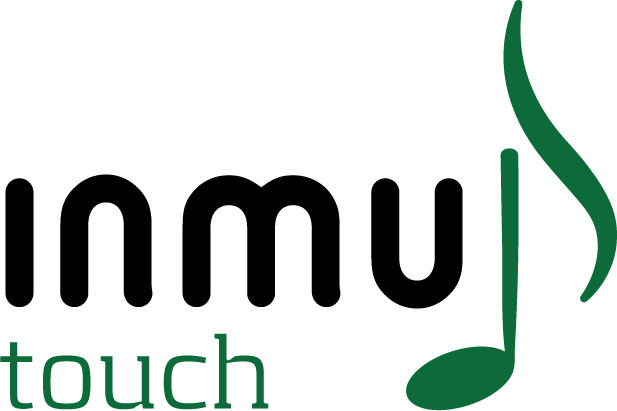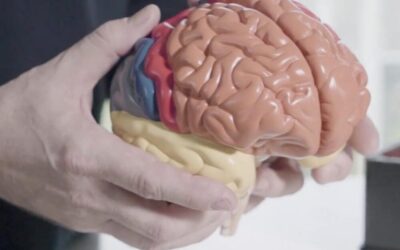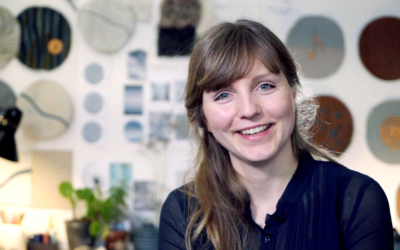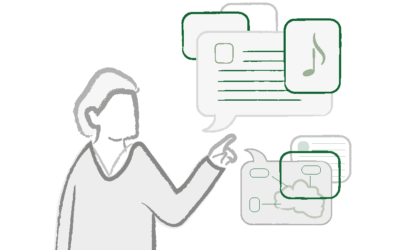Made to move
Consciousness and concentration
To feel ‘conscious’ is one of the most important feelings for human beings. This feeling differs from one person to another, but it almost always has something to do with the feeling of ‘being here’ – my physical body, my thoughts, that I can use my senses, the fact that I feel something …
Body movements are a superb way to train or develop our consciousness, together with concentration, meditation, or mindfulness-based practices. The body movement can be a breath or a simple movement with an arm. The important thing is that you do it as consciously as you can: I bend my arm – I stretch my arm, and so on.
The inmu can be a helpful tool in telling you that you are bending your arm. Put your hand in the pocket of the inmuRELAX or under the elastic belt of the inmuDANCE. The music tells you that you are making a movement, the vibrations tell you where to focus, and the weight of the inmu gives you the possibility of using it as a training device (today it is not as heavy as yesterday).
Sleep
Sleep has a powerful influence on your wellbeing and mood, not least on your brain. Indeed, insomnia and irregular sleep can make the brain ‘shrink’. This affects cognitive processes like concentration, memory, learning, your ability to plan, and also the way you experience pain and handle stressful situations and other challenges.
inmuRELAX offers you the possibility of lying down with something nice and soft in your hands and a music universe that you can control yourself. When you fall asleep inmuRELAX will sleep as well and if you wake up in the middle of the night, you just have to touch or cuddle it, and it will help you go back to sleep. There are no buttons to push or cables to mess around with.

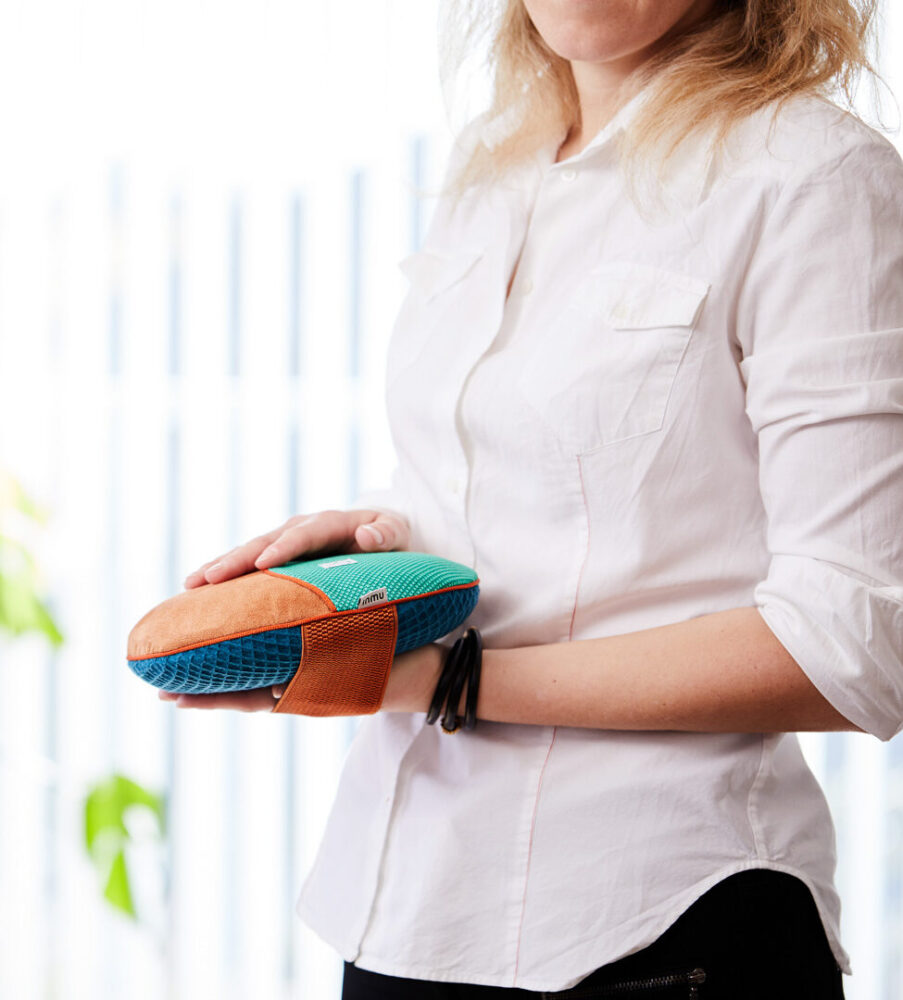
Wellbeing
The ability to move is of great importance for the feeling of wellbeing. Especially if you have an illness that causes inability to move one or more limbs.
Wellbeing means feelings like confidence, security and independence: I can do this myself! With wellbeing comes easy breathing, reduced pain, the feeling of warmth in the body, a feeling of lightness in the head – and success.

The inmu – a mobile therapeutic tool
The inmu’s handy shape and mobility make it a unique tool for therapy. You can use it anywhere you need it and in situations where it is required – only the imagination sets the limits.
The main element to the inmu is music. When you touch it or move it, you will experience that the music interacts with you. You can stroke it gently, tap it, squeeze it, swing it, throw-and-grab it – the music will gently change with your movements. Similarly the vibrations will change with the music. The tactile elements are few but carefully chosen to stimulate the senses.
inmuRELAX and inmuDANCE are different in terms of music styles, the way they interact, fabric, and tactile elements. We cannot tell you which one to choose. It depends on the person/patient, the therapeutic work and goal, and the situation.
As a therapist you can use the music, the vibrations, the tactile elements, the response to movement, the mobility, and the handy shape or either the pocket (inmuRELAX) or the elastic belt (inmuDANCE) in your own way.
Activation and communication
The fact that music plays when you touch it makes the inmu an interesting activationtool. The music makes you want to listen: What will come next? What will happen when I squeeze it? Will the music change when I swing it?
People suffering from cognitive disorders, especially dementia, often experience difficulties when socialising. With the inmu on the table or at your side on the sofa you will have a beautiful and dignified tool that is easy to communicate about. A touch (the music starts) is enough to make your neighbour smile, exchange a quick glance, perhaps even some words, and free hidden emotions. The easy handling combined with the music and the tactile elements make the inmu a brilliant tool for nonverbal communication.
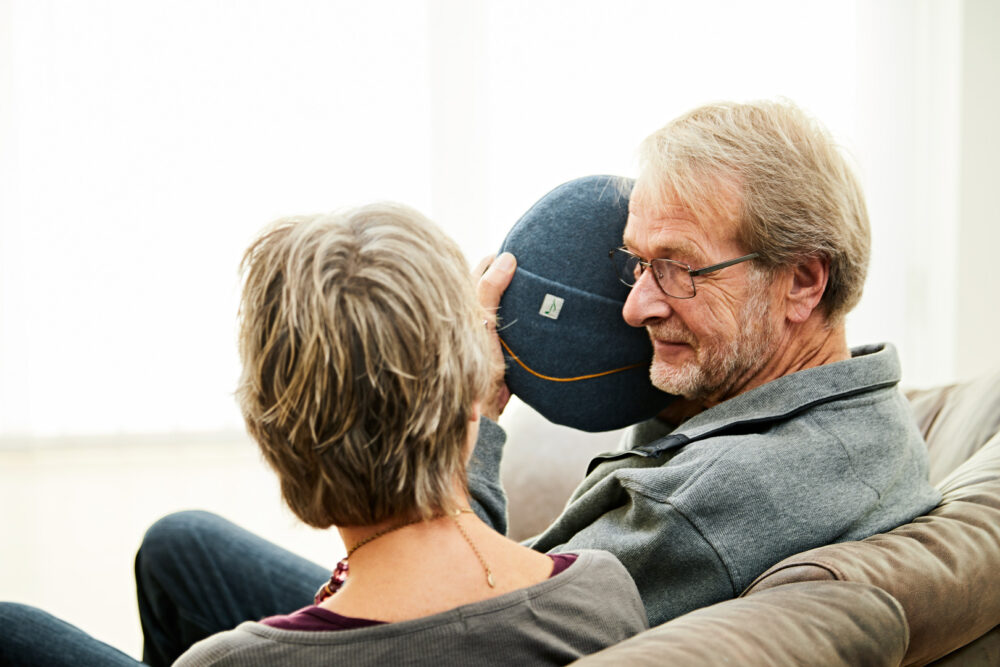
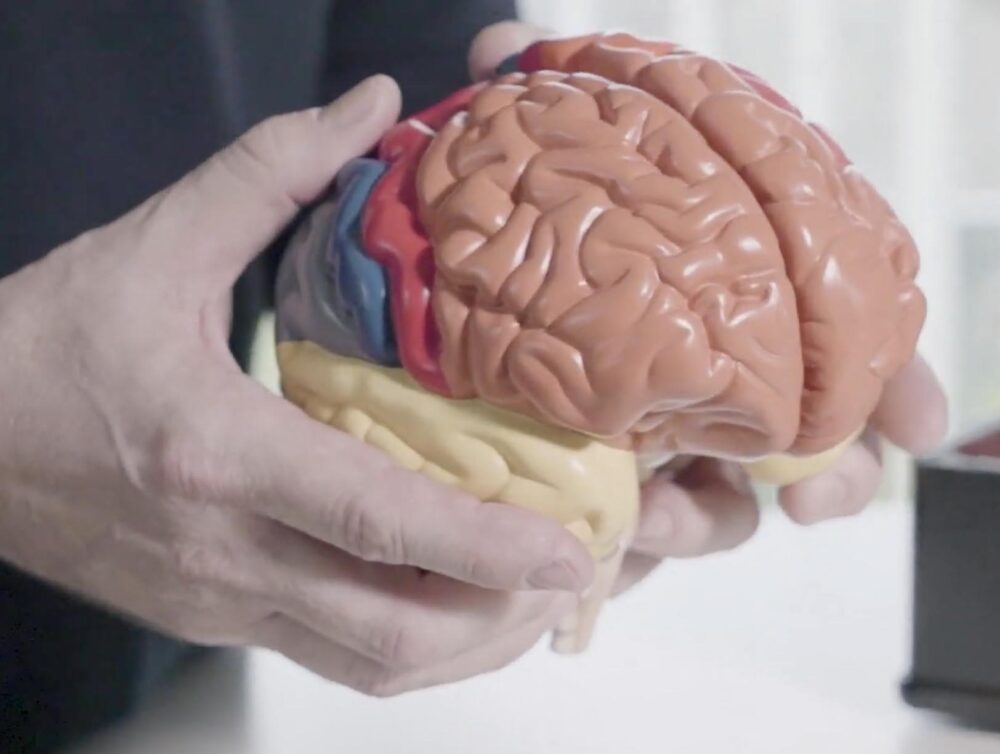
Learning and developing
What you learn as a child forms the basis on which you build for the rest of your life.
Learning does not only happen through the brain and what we understand intellectually. The body plays a large role in all sorts of aspects of learning and development. It is fascinating how even small experiences and memories (the body remembers as well as the brain) can be brought to the surface when they are needed.
In a situation of a damage on the body on in the brain, only a small stimulation is needed to initiate a relearning/rehabilitation process. The brain will start to make new connections that send messages to among others the nervous system, and a healing process will begin.

Robust
The inmu was made to be used. It is made of robust materials and can absorb moderate shocks like being dropped on the floor or thrown.
The core of the inmu is water repellent. Both core and cover can be wiped with a disinfectant tissue.
The brain
The brain is an extremely complex organ. It reflects and organises all the information received from outside (among others, visual, tactile, and auditory inputs) and from inside (among others, hormones that ‘reward’ both brain and body with feelings such as frustration or comfort). The brain does not remain in a constant state. Throughout the entire human lifespan, the ways in which the human brain and body are used are constantly developing. The body and the brain are one large, coherent system. So the higher the fitness of your body and brain the more easily you will be able to tackle a process when it needs healing.

Rehabilitation
Even small damage to the brain can cause a domino effect in the body that can give you physical problems for the rest of your life. If the brain is to build up new connections in order to have the ability to work together with the body, it has to have this impulse on a daily basis. It is hard work to get the brain, nervous system and muscles to relearn how to work together. The best results are achieved when training is done on a daily basis and in gradual steps, progressively adding new movements/muscles. The training has to reach a level of stability in order to give the brain and body more possibilities to make new connections in the brain.
Cognitive rehabilitation
Damage to the brain is almost always followed by cognitive problems. In rehabilitation recovery depends on finding a ‘way into’ the brain. We are all born with a set of ‘intelligence’ and pre-comprehension that makes us able to learn on different levels. Moving the body can be of great help, because it opens up the senses. Not only the touch of the skin, but also when the limbs are moving the whole body and the brain is working and experiencing, and new connections are being built. Awareness of one’s surroundings; the colours, the tactile elements, the sounds, the lighting, etc., as well as other people in the room have an enormous impact on cognitive rehabilitation.
Read more
What is an inmu?
The inmu combines tactile and musical stimulation in a soft interactive cushion that …
Multisensory stimulation
Our senses are essential for us to feel alive, when meeting with others and …
Interactive music
The inmu is the first sensory stimulation tool in the world to …
Why music and sensory stimulation is medicine for the brain
Several studies shows that music can heal an injured brain …
The tactile experience of the inmuRELAX
We knew from the very beginning of the inmu development process that design should be an integrated part of the...
Studies
We have been so privileged that both healthcare professionals, scientists, …
